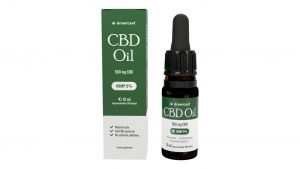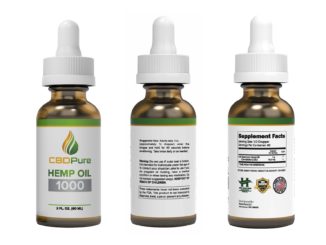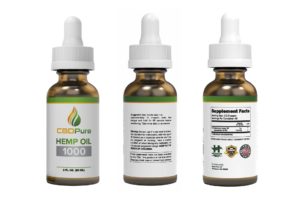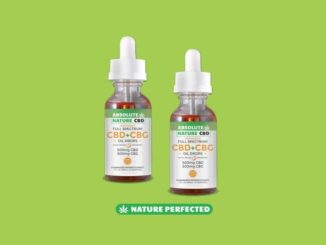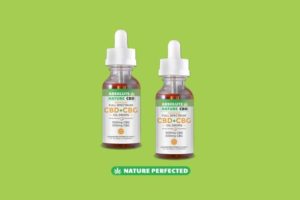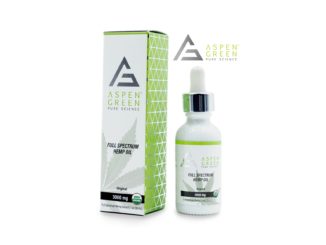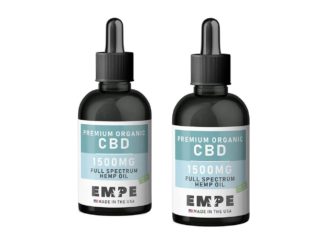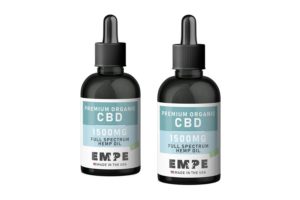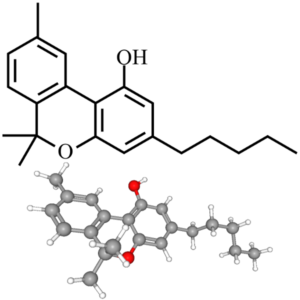The properties of CBN
The heat used to decarboxylate your cannabis plant material causes the bonds holding the acid molecules together to dissolve. THC, CBD, and CBC are what remain after the acids are removed. The only way to obtain CBD is therefore by decarboxylation. CBN, however, is a little unique. Decarboxylation and aging are the two processes that cause the cannabis plant to create CBN. Seizures, inflammation, discomfort, and sleeplessness can all be treated with CBD and CBN. Numerous illnesses, including anxiety, PTSD, OCD, nausea, osteoporosis, and others have been successfully treated with CBD. You won’t get high on CBD. In fact, when combined with THC, CBD prevents you from being very high. CBN has some psychoactive potential. It is so mild that it was once thought to be non-psychotropic.
Cannabinol (CBN) is a cannabinoid isolated from the plant Cannabis that is a metabolite of tetrahydrocannabinol (THC), with potential immunosuppressive and anti-inflammatory activities. Cannabinol preferentially binds to the cannabinoid G-protein coupled receptor CB2, which is mainly expressed on a variety of immune cells, such as T-cells, B-cells, macrophages and dendritic cells. Stimulation of CB2 receptors by cannabinol may both trigger apoptosis in these cells and inhibit the production of a variety of cytokines. Cannabinol exerts minimal affinity for CB1 and has a weak effect on the central nervous system.
Pharmacologically relevant quantities are formed as a metabolite of tetrahydrocannabinol (THC).



























































